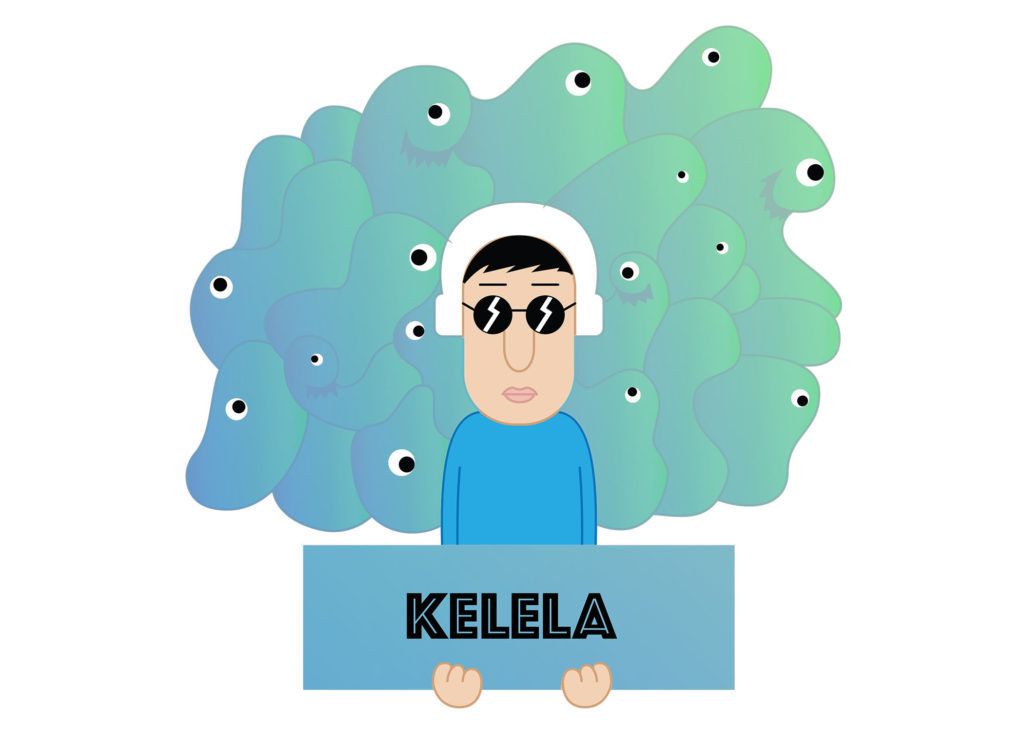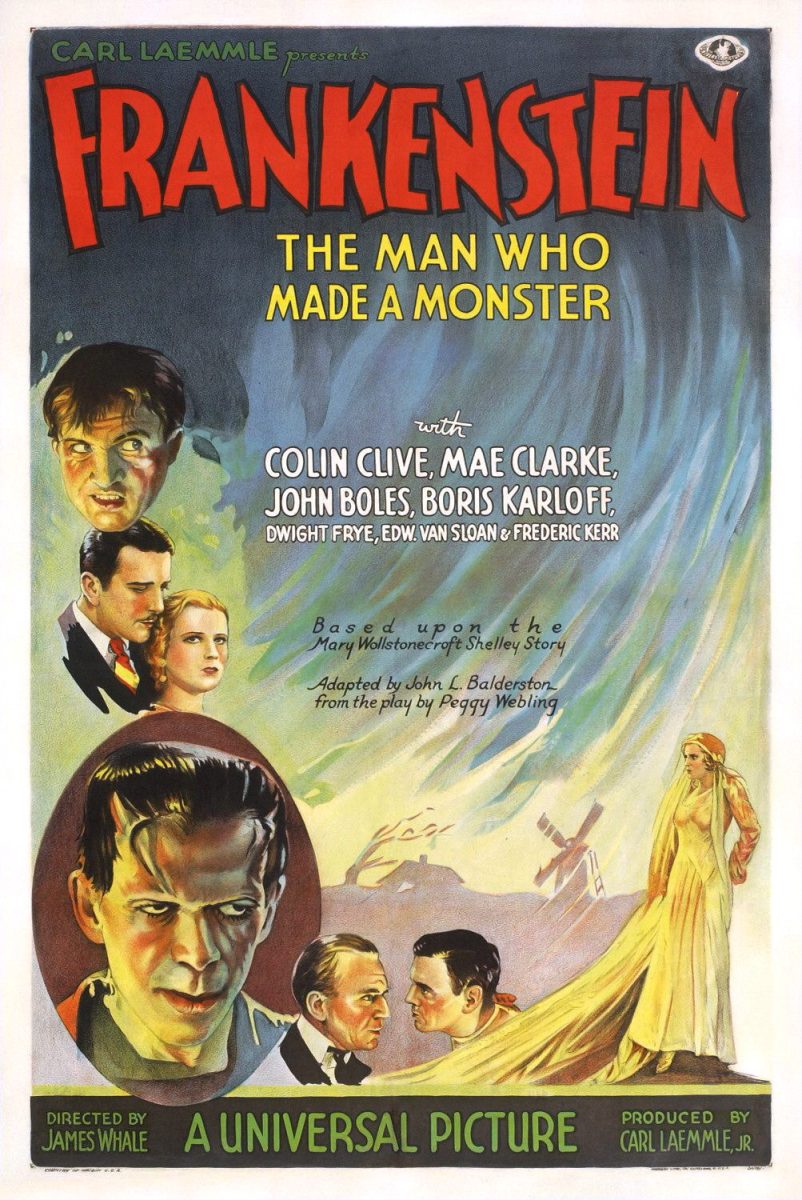Hot springs are everywhere and relatively easy to find for anyone with a hint of adventure lurking within them. Of course, for those without the call to the wild, there are even hot springs within the concrete jungle with ample parking within five minutes from the pool. However, much like snowflakes and friends, none are made the same, and some look better than others.
The real trick is in recognizing the differences between the variety of locations and then determining the which one suits you the best. Within the hot spring species compendium, there are two main types of hot spring that exist in the world: commercialized and wild. For example, the Glenwood hot springs are a version of the commercialized type, while Conundrum hot springs is a wild child.
[media-credit id=90 align=”alignleft” width=”281″] [/media-credit]
[/media-credit]
To be more clear, commercialized relates to any hot spring that requires payment to enter, therefore being commercialized. On the other hand, wild hot springs are free to enter, even if getting into the park that houses it, Yellowstone for example, requires money.
Let’s discuss the commercialized versions first, as they are typically more well known since they tend to be more popular than the wild ones. The Glenwood Hot Springs Pool, Strawberry Springs in Steamboat Springs, and Pagosa Hot Springs are some examples of commercialized hot springs, and all have great things about them.
Typically, commercialized hot springs are more easily accessible and safer than the wild ones. This is mainly due to the easy access and parking that is very close to the springs whereas wild springs usually require a hike and a little bit of trailblazing to find the hidden spot. They also tend to be larger than the wild springs since there is some some man-made expansion of the pools so as to accommodate more swimmers.
These types of hot spring really offer a great place to get away with the family or friends and doesn’t require any more planning than any other day to a normal swimming pool. However, what these springs gain in accessibility, they lose in uniqueness and adventure. A huge disadvantage to the popular hot springs is within the fact that they are popular.
The lack of effort that goes into getting to the Glenwood Hot Springs attracts a ton of people, and a crowded pool where there is a permanent threat of touching backs with a hairy old guy is not the most ideal experience. Not only does it attract a multitude of people, but the majority seems to be the elderly who have all come for the warm water to soothe their brittle bones. This means no roughhousing or being loud which is practically essential to be a young college student.
Finally, is the loss of excitement. By this time, just about everyone has been in a swimming pool of some sort, and most commercialized hot springs are just spicy swimming pools, nothing too special about them.
There are interesting commercialized springs that break this mold of lacking ingenuity. One such hot spring is Strawberry Hot Springs, packed with three levels of heat, a river that runs ice cold beneath the pools, and a stylistic masonry that blends with environment makes it my personal favorite commercialized hot spring.
However, the Glenwood Hot Spring is plain and, besides the sulfur smell and the steam rising off the water, would be indistinguishable from any other pool. For these reasons, commercialized hot springs are very beneficial for an easy trip and a fun time but lack a truly memorable experience.
The wild hot springs, while my favorite of the two versions offer a very different experience than the commercialized ones do, both good and bad. Examples of wild springs can vary in names as several aren’t official and tend to pick up various names based on different experiences, but some include Mr. Bubbles in Yellowstone, Hobo Hot Springs in Glenwood, and Conundrum Hot Springs in Aspen.
For all those with an adventurer’s heart, finding the perfect hot spring hidden on the side of a mountain or buried behind trees and thorn bushes can make the hot spring better just by the search itself. With the search comes a loss of people as well, so the majority of these wild springs have no one else there to put a damper on the time spent with your friends or significant other, and with the absence of bodies can come an abundance of noise. No need to worry about bothering others when you are the only ones there.
Even when there are people in those remote hot springs, they have to be in a similar mindset in order to put in the effort to traverse over the branches and trails so making chatter isn’t hard when there is already a common interest. The last benefit to the hidden springs is that they haven’t been discovered by the “man” so they are free and are completely natural.
What mother nature provided is exactly what you are gonna get, making the dip in the pool a surreal connection to nature and the world we call home. However, with the sun comes to a shadow, and there are negative aspects to these hot springs. The most obvious one being the effort and excursion that is required to find them.
Most “maps” only tell a basic outline of how to find them, and then it is all on your own to rediscover the pool, which is quite difficult when you are given a two-mile radius. On top of the effort, not all of the natural springs are that great.
Some are too small, or dirty, or dangerous to get to and if this is the case, all of the hard work is for naught. With springs like Strawberry Springs, there are employees that get paid to clean the springs of trash and debris, but in the wilderness, it is all based on the honor system. Some people don’t follow this code and will throw their garbage anywhere, which is super lame.
Luckily, it is pretty easy to spot when a spring is being treated like a dump and you can move on. Overall, the wild springs are highly rewarding for those that like a little bit of a challenge, but they are a much higher gamble than the commercialized versions and can end in disaster.
There are trade offs for both types of hot spring, but at the end of the day, they are both excellent choices for a day trip somewhere for a little rest and relaxation. The gamble of the wild springs offers a great pay off or a terrible loss while the commercialized variants offer a great middle ground that hardly disappoints. Whichever one appeals the most, it is high up on the list of great outdoor activities.













